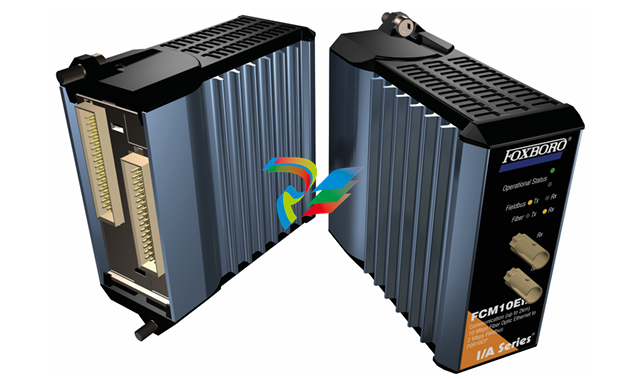Abstract
The integration of machine learning (ML) with cloud computing platforms has revolutionized how enterprises approach data analytics and artificial intelligence deployment. This article examines the current landscape of ML-enabled cloud services, their architectural implications, and the emerging trends that will shape the future of distributed computing.
Introduction
Cloud computing has evolved from a simple infrastructure service to a comprehensive platform enabling complex computational tasks. The convergence of machine learning capabilities with cloud infrastructure has created unprecedented opportunities for organizations to leverage AI without significant upfront investments in specialized hardware.
Modern cloud platforms offer a spectrum of ML services, from pre-trained models accessible via APIs to fully managed training environments that can handle petabyte-scale datasets. This shift represents a fundamental change in how organizations approach AI implementation.
.png)
Core Technologies
Containerization and Orchestration
The adoption of containerization technologies, particularly Docker and Kubernetes, has streamlined ML model deployment across cloud environments. Containers provide:
Consistent runtime environments across development and production
Simplified dependency management for complex ML frameworks
Horizontal scaling capabilities for high-throughput inference
Resource isolation and efficient utilization
Serverless Computing Architecture
Serverless platforms have introduced new paradigms for ML workload execution. Functions-as-a-Service (FaaS) enables:
Event-driven ML processing: Automatic triggering of inference tasks based on data ingestion events
Cost optimization: Pay-per-execution model eliminates idle resource costs
Auto-scaling: Seamless handling of variable workloads without manual intervention
Distributed Training Frameworks
Modern cloud platforms support distributed training across multiple nodes, enabling faster model development for large datasets. Key frameworks include:
| Framework | Primary Use Case | Scaling Approach |
|---|---|---|
| TensorFlow Distributed | Deep learning at scale | Parameter servers + workers |
| PyTorch Distributed | Research and production | Data parallel + model parallel |
| Apache Spark MLlib | Traditional ML algorithms | RDD-based distribution |
Implementation Patterns
Data Pipeline Architecture
Effective ML cloud implementations follow established patterns for data processing:
"The quality of machine learning models is fundamentally limited by the quality and accessibility of the underlying data."
A typical data pipeline consists of:
Ingestion Layer
Handles real-time and batch data collection from multiple sources including APIs, databases, and streaming platforms
Processing Layer
Performs data cleaning, transformation, and feature engineering using distributed computing frameworks
Storage Layer
Provides scalable, cost-effective storage solutions with appropriate access patterns for ML workloads
Serving Layer
Delivers processed data to ML models with low latency and high availability requirements
Model Lifecycle Management
Cloud-native ML platforms provide comprehensive model lifecycle management through:
Version Control: Git-based versioning for model artifacts and training code
Automated Testing: Continuous integration pipelines for model validation
Deployment Strategies: Blue-green and canary deployments for production releases
Monitoring and Observability: Real-time performance tracking and drift detection
Performance Optimization
Resource Allocation Strategies
Optimal resource allocation in cloud ML environments requires understanding of:
# Example: GPU utilization monitoring def monitor_gpu_usage(): import gpustat stats = gpustat.GPUStatCollection.new_query() for gpu in stats.gpus: utilization = gpu.utilization memory_usage = gpu.memory_used / gpu.memory_total return {"gpu_util": utilization, "memory_util": memory_usage}Cost Optimization Techniques
Several strategies help organizations minimize cloud ML costs:
Spot Instance Utilization: Leveraging preemptible instances for non-critical training workloads
Auto-scaling Policies: Dynamic resource adjustment based on workload demands
Resource Scheduling: Time-based allocation for predictable workloads
Model Compression: Reducing inference costs through quantization and pruning
Security and Compliance
Data Protection Mechanisms
Cloud ML implementations must address several security concerns:
Encryption: End-to-end encryption for data in transit and at rest
Access Control: Identity and access management (IAM) with role-based permissions
Network Security: Virtual private clouds (VPCs) and network segmentation
Audit Logging: Comprehensive logging for compliance and forensic analysis

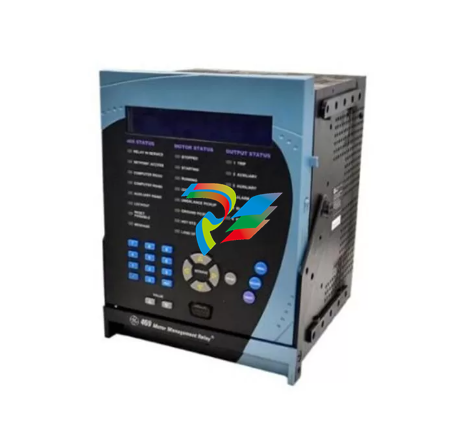


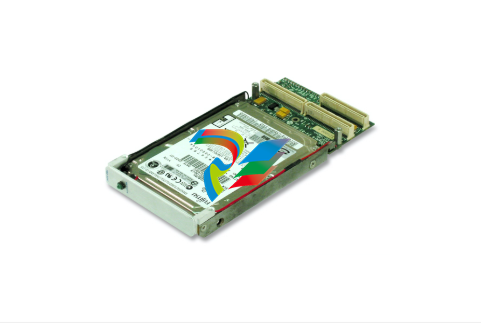
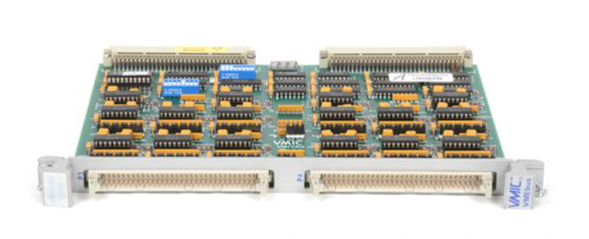

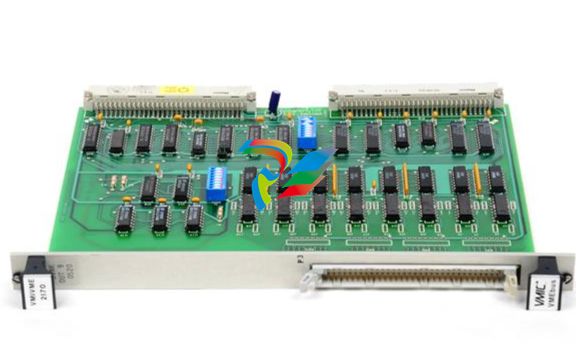

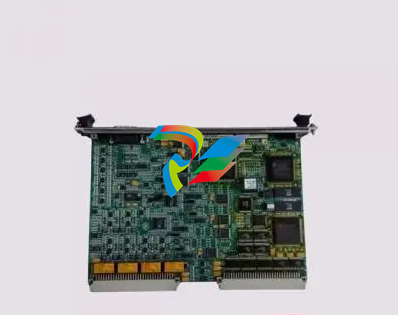
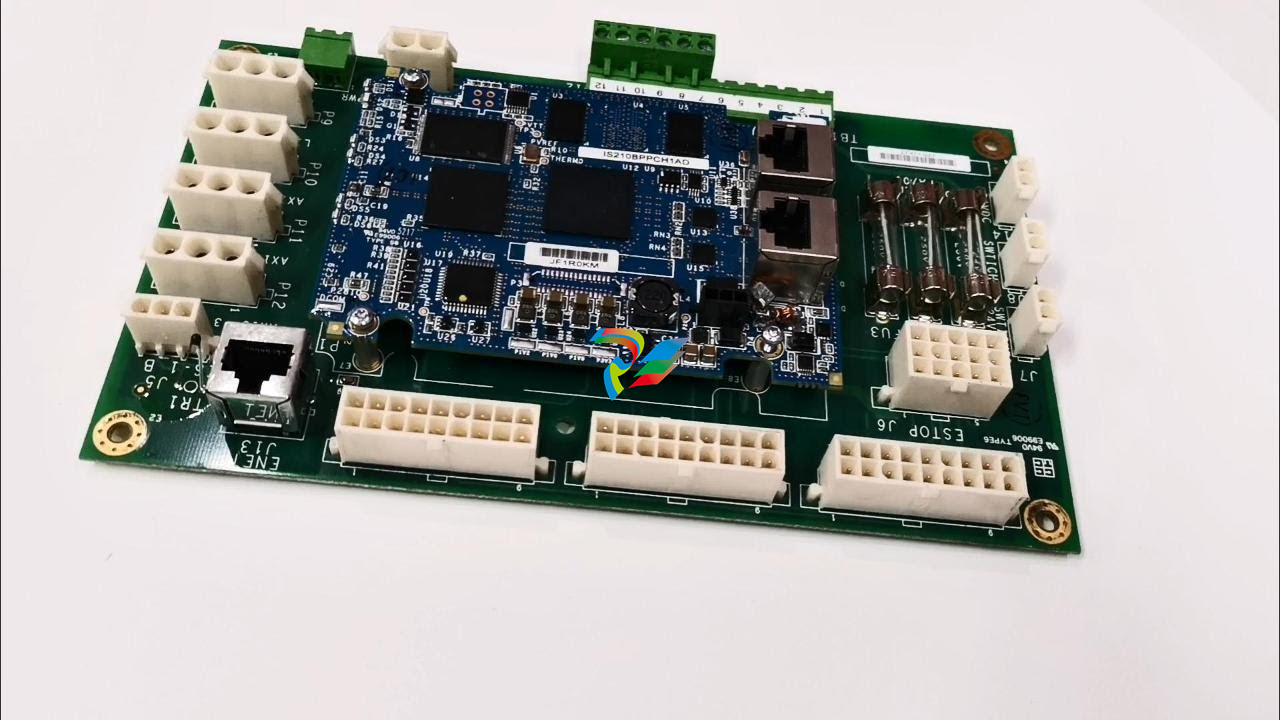

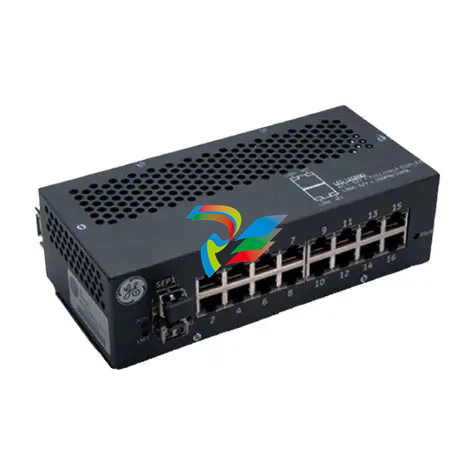
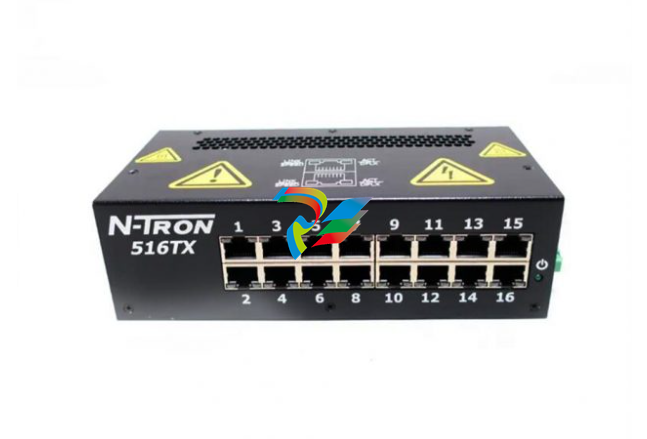

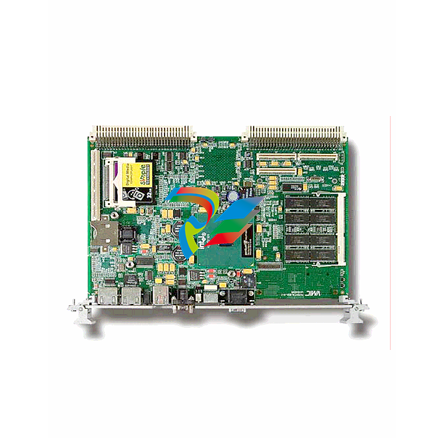




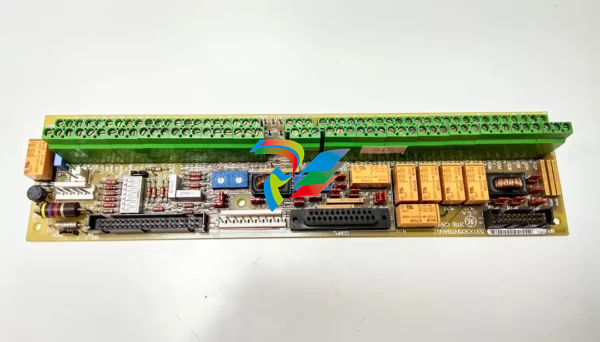
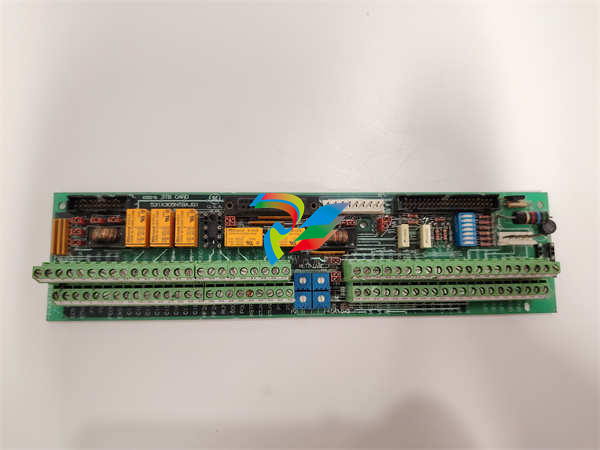

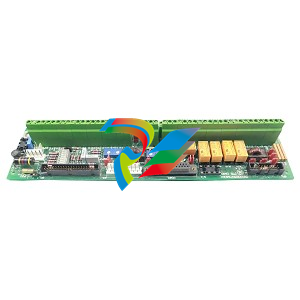
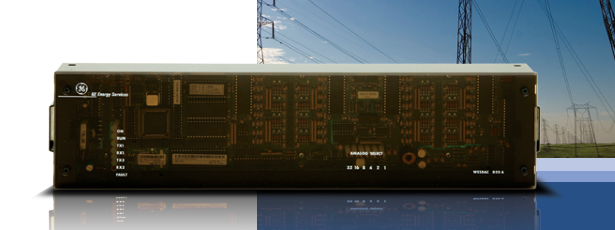


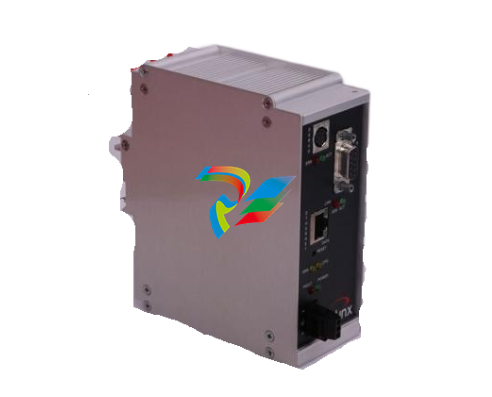


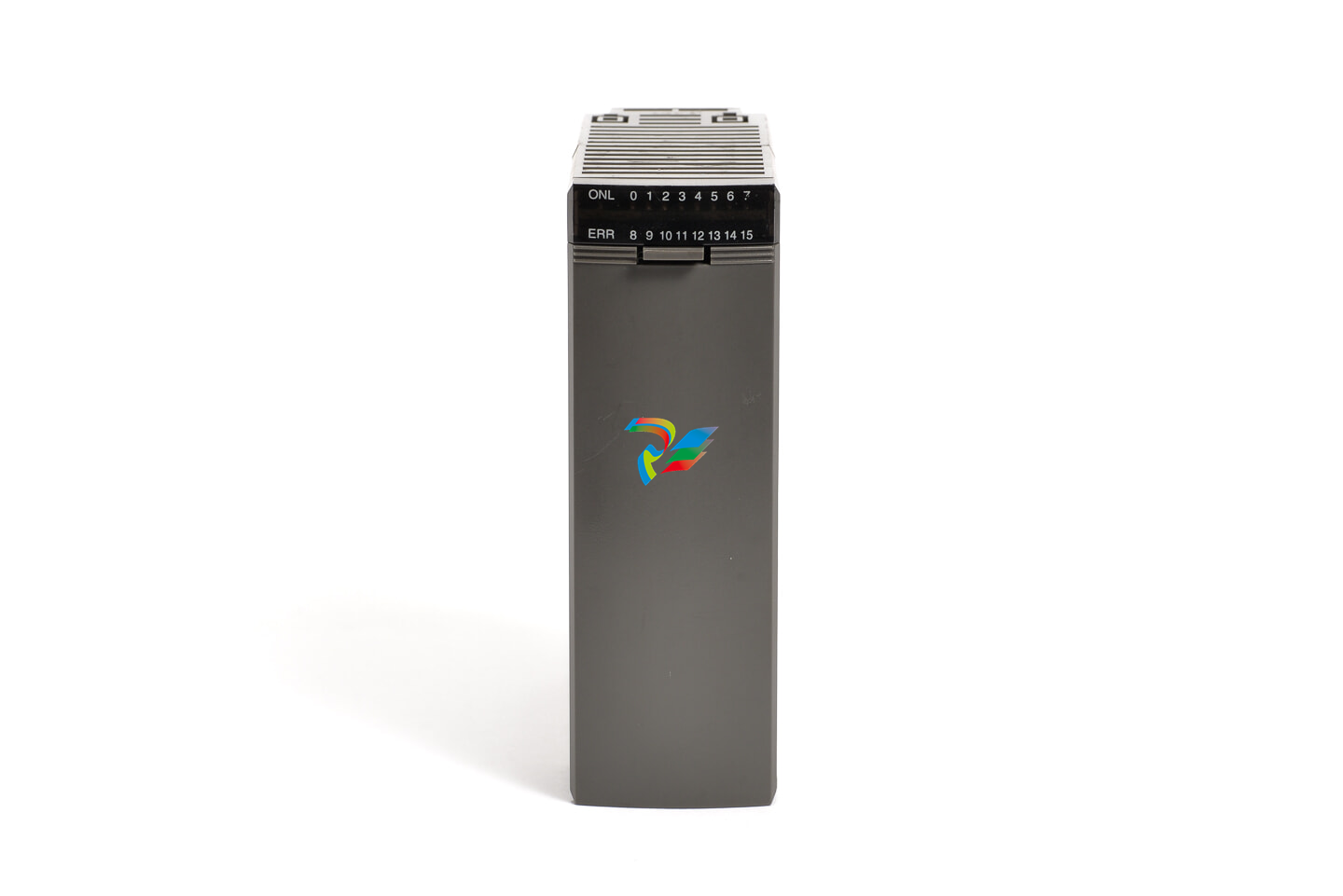



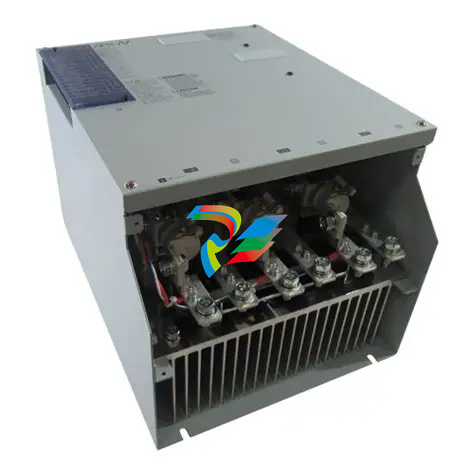







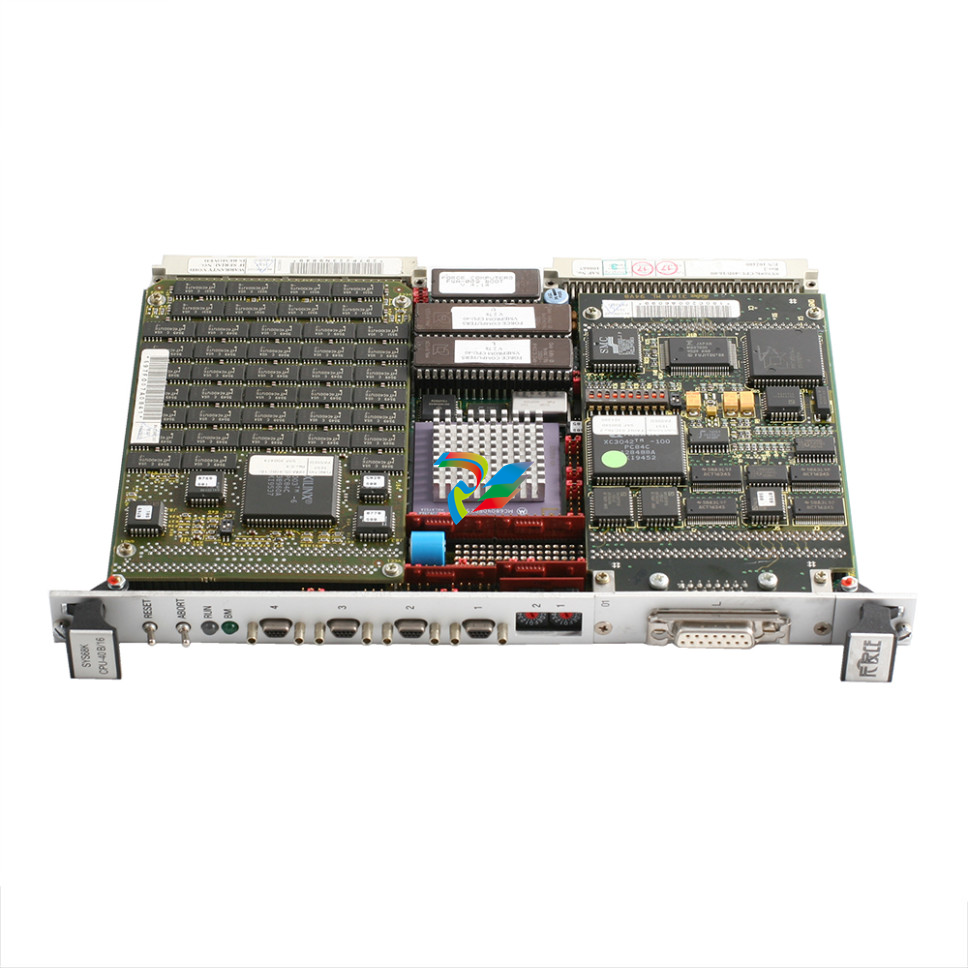
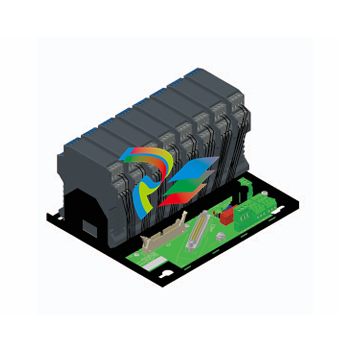


.jpg)
.jpg)
.jpg)

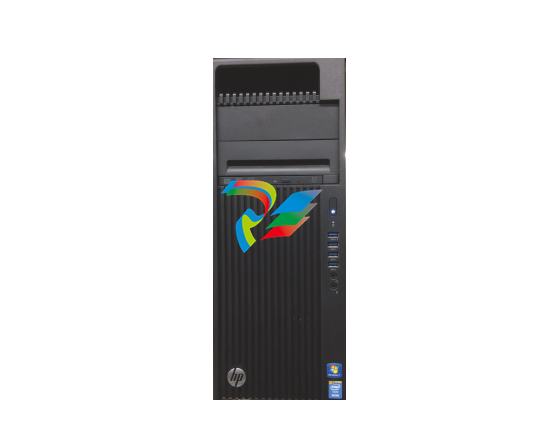

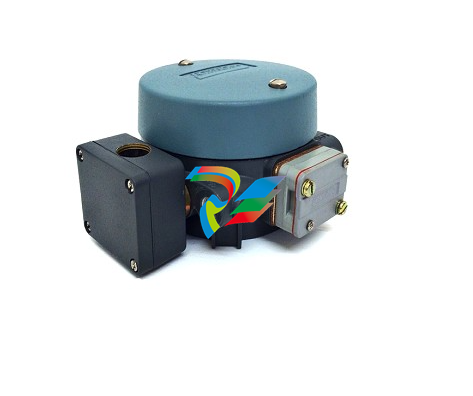

.jpg)

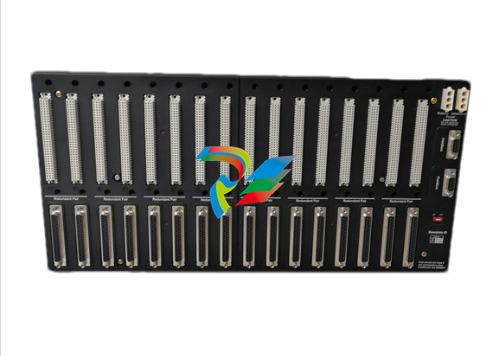

.png)
.jpg)

.jpg)
_lVjBYb.jpg)

.jpg)
.jpg)

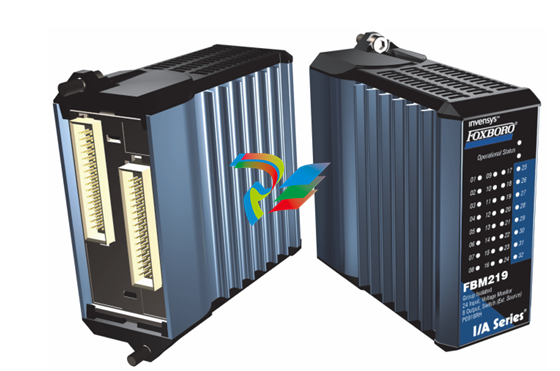

.jpg)
.jpg)

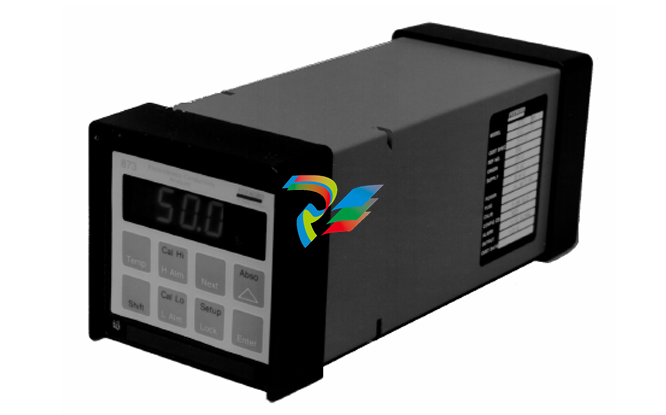
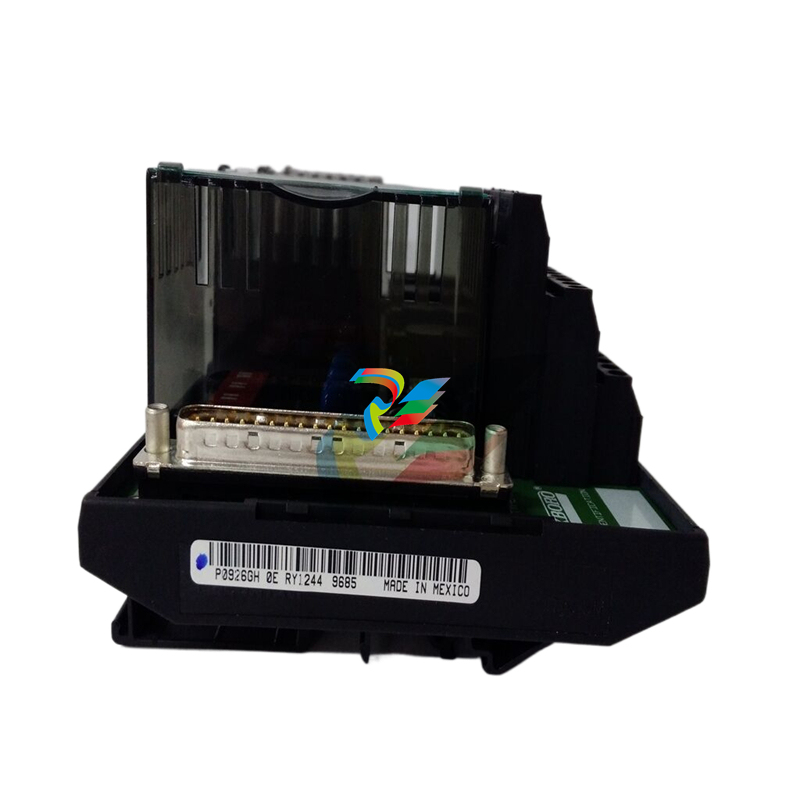
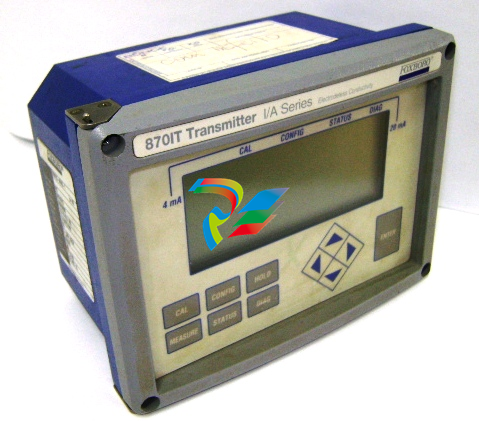
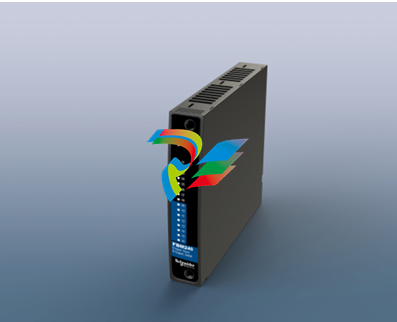

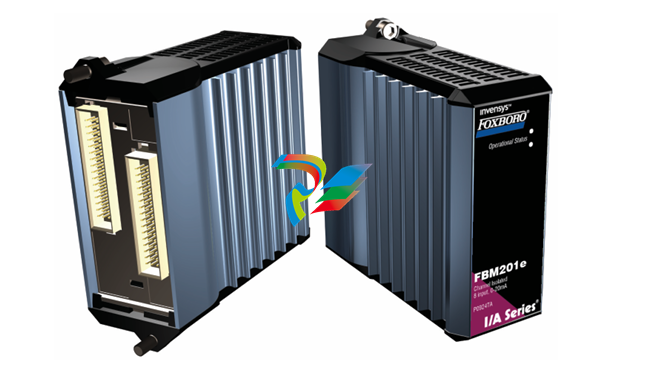
.jpg)
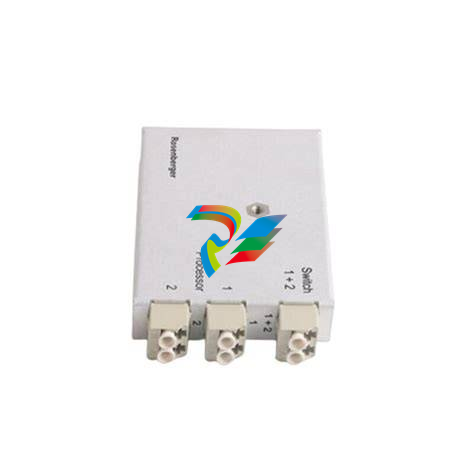
.jpg)
.jpg)
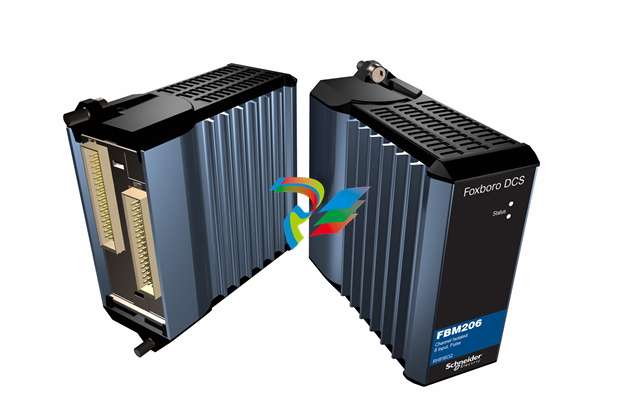
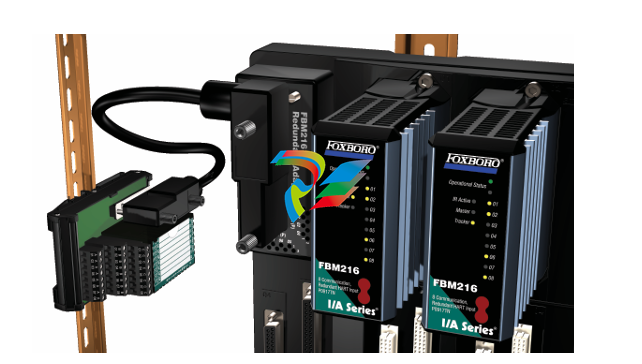

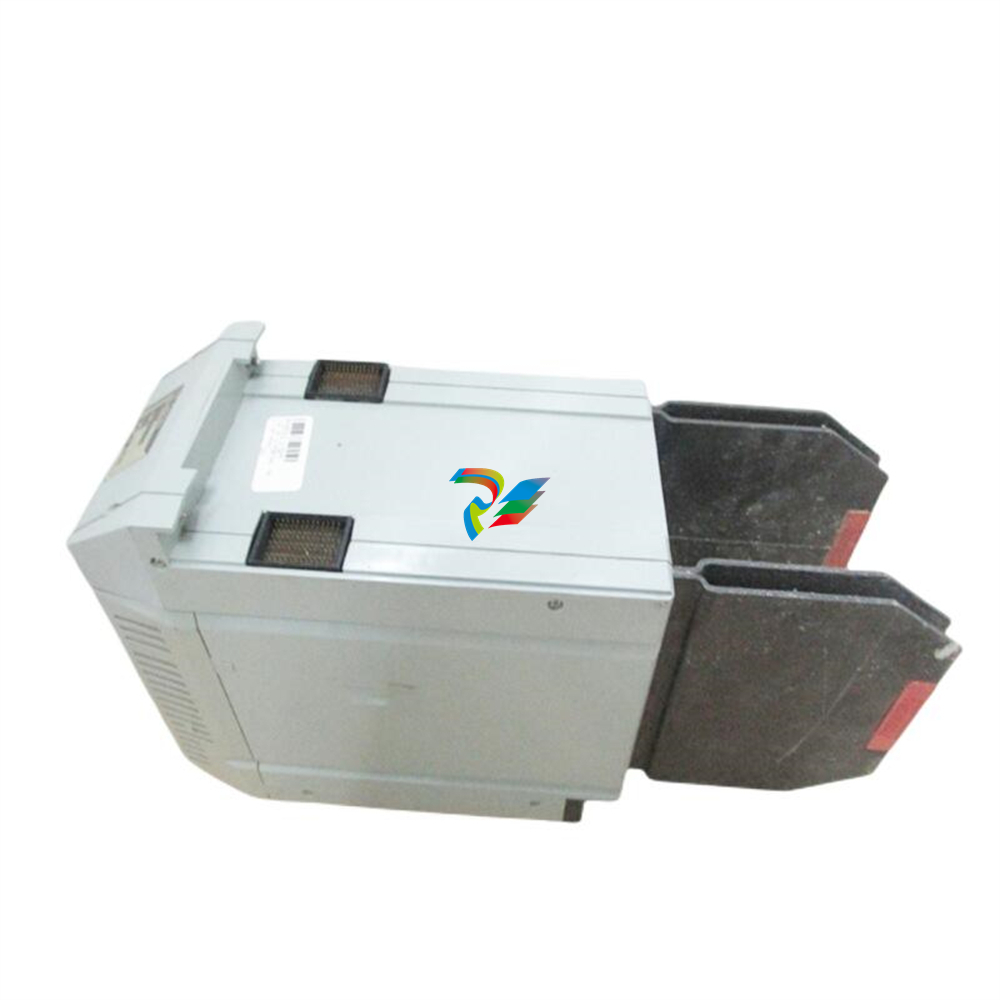

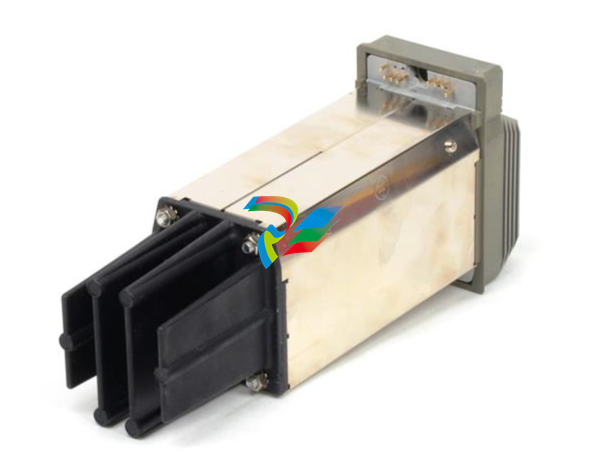
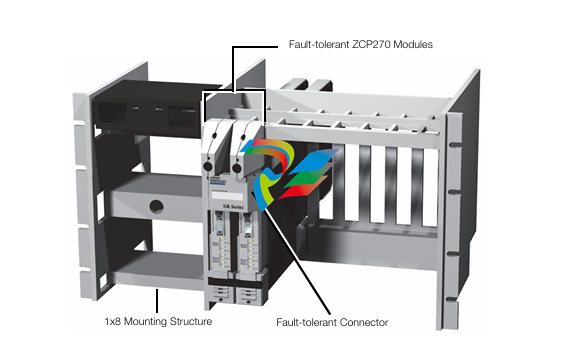

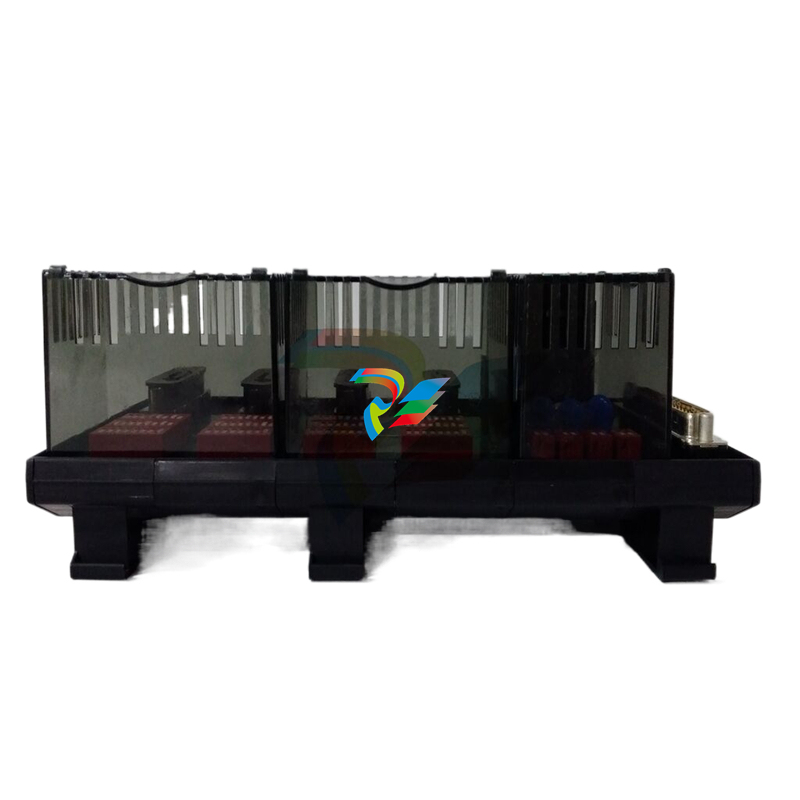

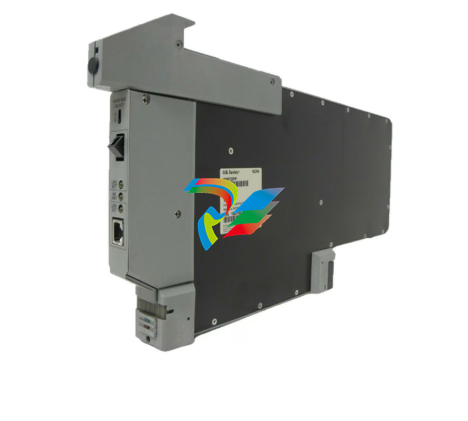
.jpg)
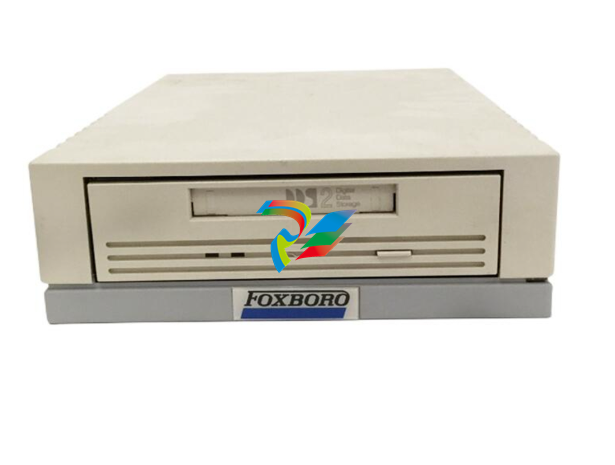


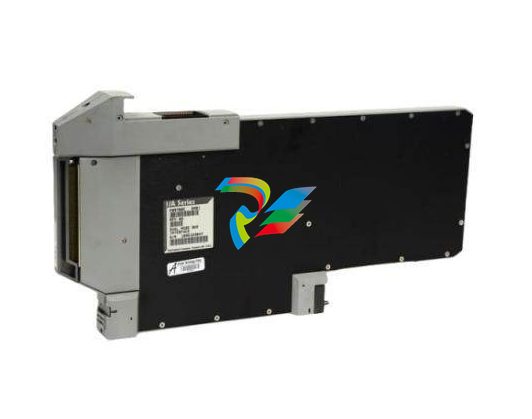
.jpg)
.jpg)
.jpg)
.jpg)
.jpg)
.jpg)

.jpg)

.jpg)
.jpg)
.jpg)

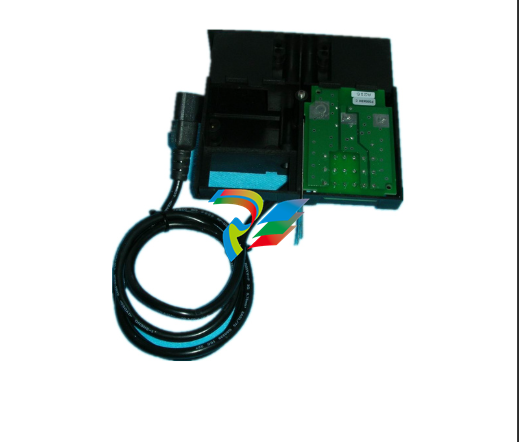



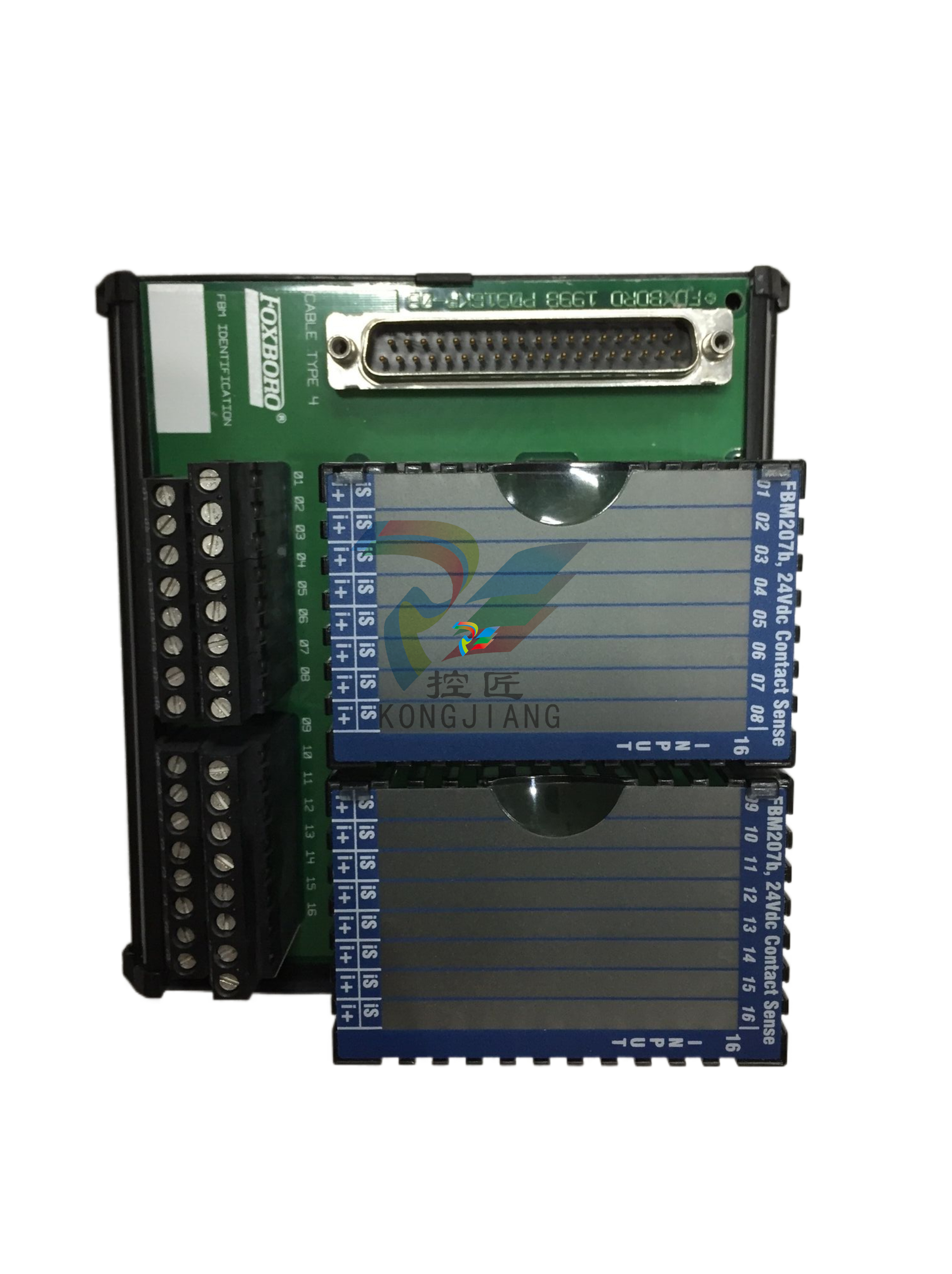
.jpg)
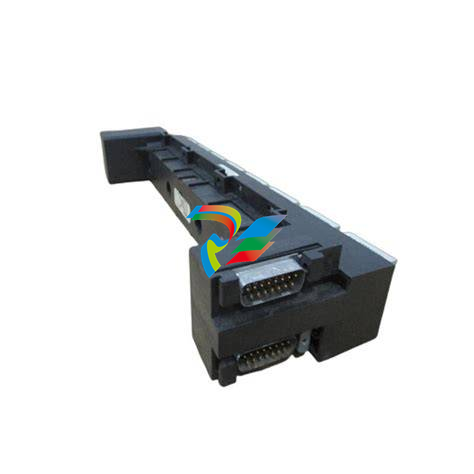

.jpg)


